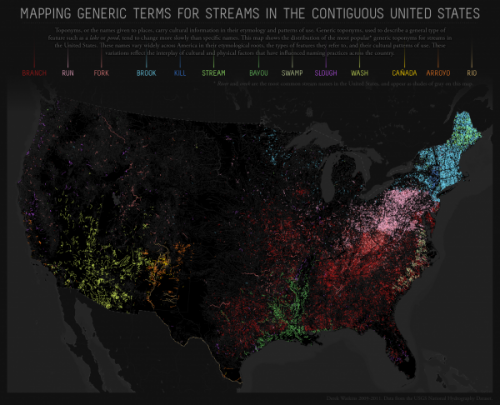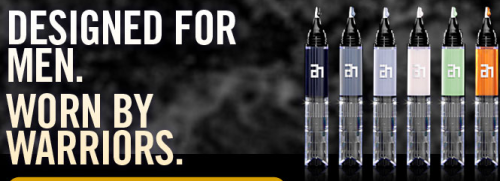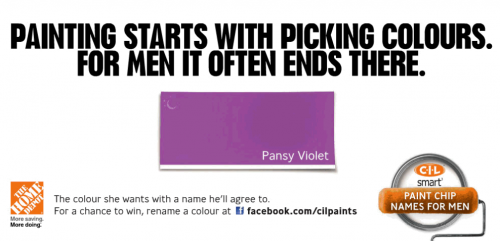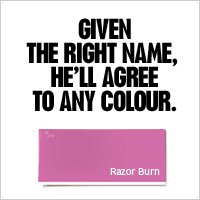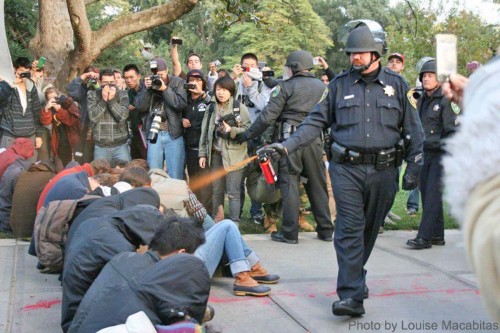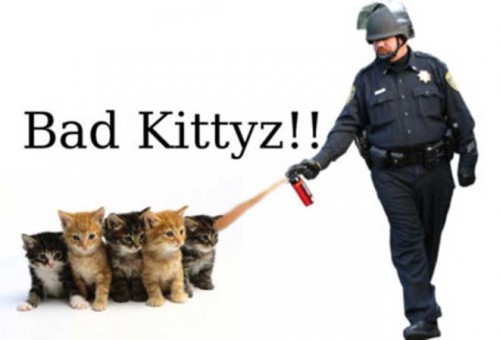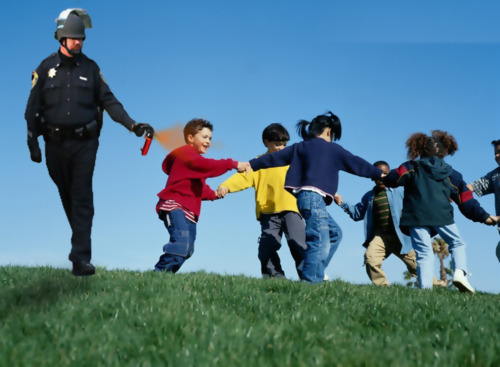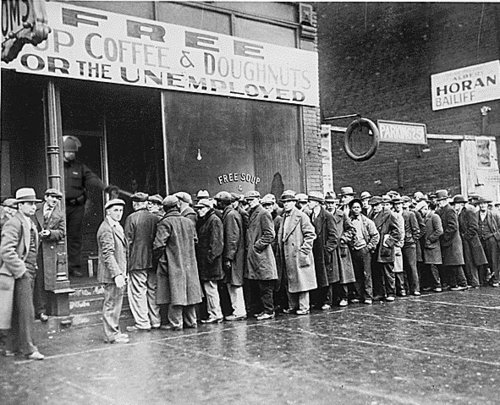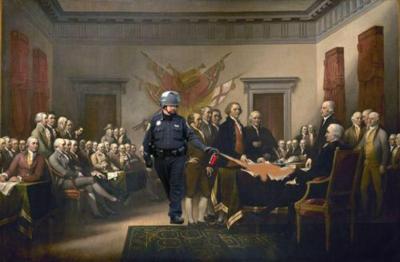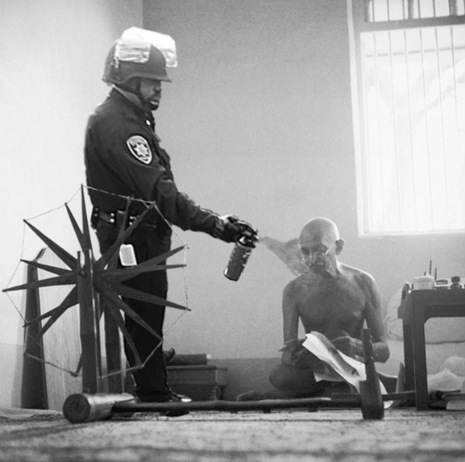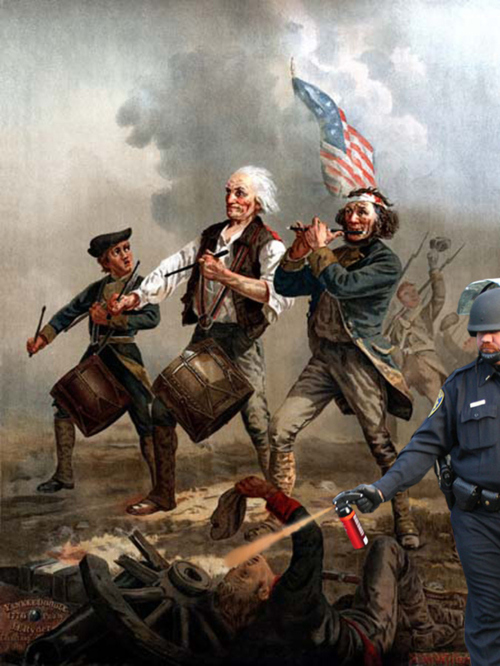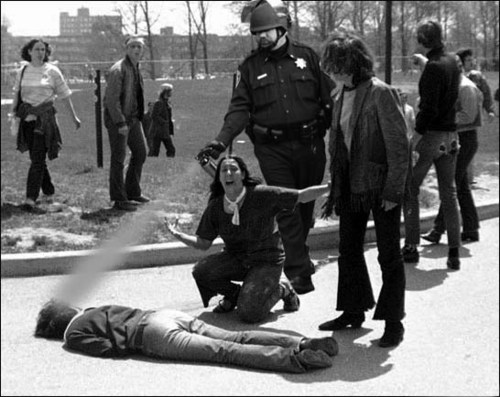For the last week of December, we’re re-posting some of our favorite posts from 2011.
————————
Enjoying a show last year at The Magic Castle, I was struck by the magician/assistant distinction. The magician would make a dove disappear, and his assistant would suddenly reveal it in her possession. “Who was doing magic,” I wondered? It looked like a team effort to me.
I was reminded of this distinction while watching an NPR short on artist Liu Bolin. Bolin, we are told, “has a habit of painting himself” so as to disappear into his surroundings. The idea is to illustrate the way in which humans are increasingly “merged” with their environment.
So how does he do it? Well, it turns out that he doesn’t. Instead, “assistants” spend hours painting him. And someone else photographs him. He just stands there. Watch how the process is described in this one minute clip:
So what makes an artist?
One might argue that it was Bolin who had the idea to illustrate the contemporary human condition in this way. That the “art” in this work is really in his inspiration, while the “work” in this art is what is being done by the assistants. Yet clearly there is “art” in their work, too, given that they are to be credited for creating the eerie illusions with paint. Yet it is Bolin who is named as the artist; his assistants aren’t named at all. What is it about the art world — or our world more generally — that makes this asymmetrical attribution go unnoticed so much of the time?
See also Hennessey Youngman on “How to make An Art.”
Lisa Wade, PhD is an Associate Professor at Tulane University. She is the author of American Hookup, a book about college sexual culture; a textbook about gender; and a forthcoming introductory text: Terrible Magnificent Sociology. You can follow her on Twitter and Instagram.



